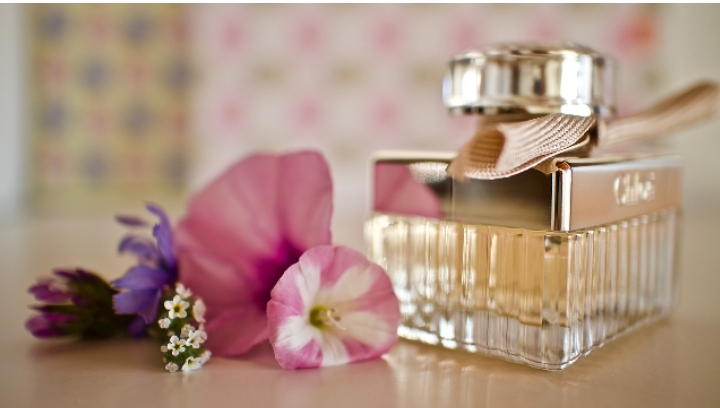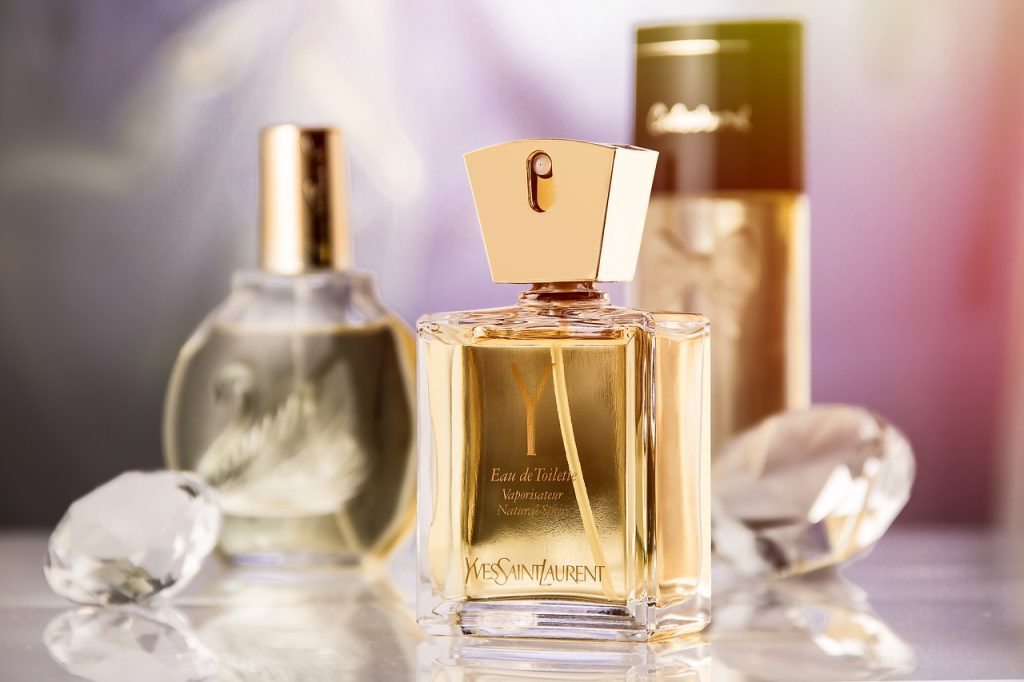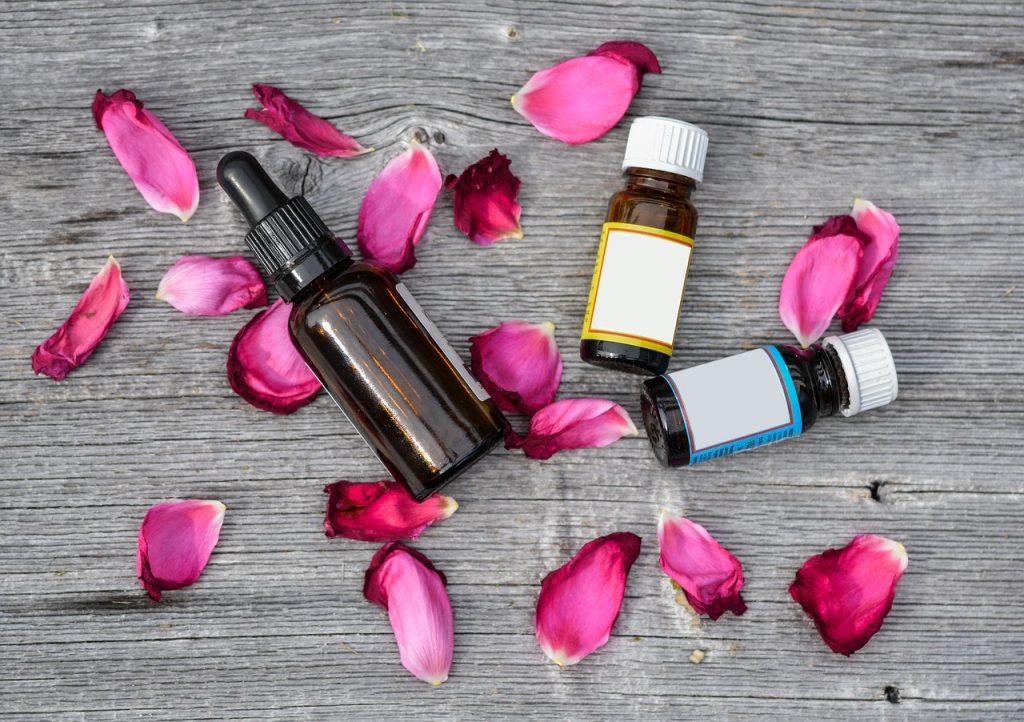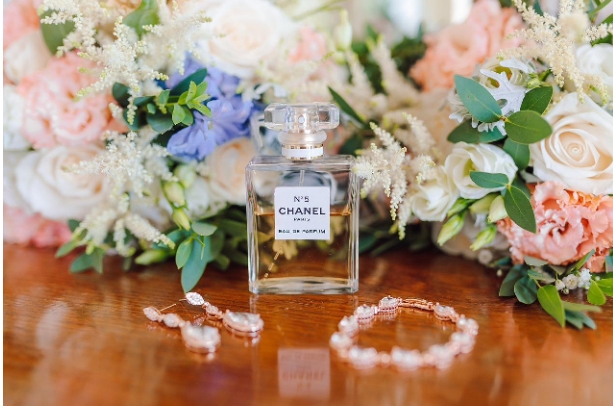Image Source: Pexels
The Arabian Peninsula is a land with a rich history of perfume making, where scent and fragrance are woven into the fabric of everyday life. The perfumes made here are not just simple scents but rather a combination of artistry, culture, and tradition.
Today we will take you on a fragrant journey to explore the origins of Arabian perfume making and how it has evolved over time. From Mesopotamian culture to South Asia’s influence, Cyprus’ aromatic contributions, and the impact of Islamic culture.
We’ll also trace the roots that have led to today’s modern-day evolution of Arabian perfume making. We will highlight the significance of Oud in Arabian perfumes and other elements that comprise traditional Arabian fragrances.
Finally, we will analyze how Arabian perfume making is shaping the future of the fragrance industry and why it is becoming more popular in France, England & Russia. Join us on this fragrant journey to explore an ancient art form that continues to enchant our senses even today!
Tracing the Origins of Arabian Perfume Making
Ancient Arabian civilizations were pioneers in the art of perfume making, with a history dating back thousands of years. Rooted in tradition and culture, Arabian perfumery has captivated the world with its exotic and alluring fragrances.
Over time, perfume-making in Arabia has evolved, blending ancient techniques with modern advancements. The Arabian Peninsula’s rich resources and natural ingredients, such as citrus trees and bitter oranges, have contributed to the development of Middle Eastern perfumery.
From the use of animal fragrance materials in the 16th and 18th centuries to the production of eau de cologne, Arabian perfume making has left an indelible mark on the women’s Arabic perfume industry. Abu Yusuf Al Kindi, an eminent Arab physician and chemist, played a significant role in the history of Arabian perfume making.
In his remarkable treatise ‘Book of the Chemistry of Perfume and Distillations’ in the ninth century, he documented more than 107 methods and prescriptions for making perfumes, showcasing the deep-rooted and indispensable nature of fragrances in the Arabian Peninsula.
Understanding Fragrance in Mesopotamian Culture
Mesopotamians held a deep appreciation for fragrances, recognizing their spiritual and medicinal properties. Scents played a vital role in religious ceremonies and rituals, infusing these events with a captivating sensory experience. Using natural ingredients like flowers, spices, and resins, Mesopotamians created perfumes that reflected their rich cultural heritage.
Perfumes were not only symbols of wealth and status but also integral to personal grooming and masking unpleasant odors. By understanding the significance of fragrance in Mesopotamian culture, we gain insight into the importance they placed on sensory experiences and the power of scent in their daily lives.
Top 10 Popular Ways of Arabian Perfume Making Technology

Image Source: Pexels
Arabian perfume making, also known as attar or ittar production, is an ancient and intricate art that has been perfected over centuries. These perfumes are highly regarded for their complex scents and premium quality.
Here are some key technologies and techniques used in Arabian perfume-making:
1. Steam Distillation
One of the most fundamental techniques in perfume-making is steam distillation. It involves passing steam through fragrant plant materials, such as flowers, wood, or spices, to extract their essential oils. This method is used to obtain the aromatic compounds that form the base of many perfumes.
2. Maceration
Maceration is a process where fragrant materials are soaked or steeped in a solvent, such as a carrier oil or alcohol. Over time, the aromatic compounds are released into the liquid, creating a perfumed oil or tincture. This method is particularly suitable for obtaining scents from resins, barks, or roots.
3. Solvent Extraction
Solvent extraction is used to extract fragrant oils from delicate flowers like roses and jasmine. In this process, a non-aqueous solvent, such as hexane, is used to dissolve the aromatic compounds, which are then separated from the solvent. The result is known as an absolute.
4. Enfleurage
Enfleurage is a traditional technique where fragrant materials are pressed into a layer of odorless fat or wax. Over time, the fat absorbs the scent, and it can be scraped off and used as a solid perfume or as a base for other fragrances.
5. Aging and Blending
Perfumers in the Arabian tradition are known for their patience and skill in aging and blending fragrances. They carefully combine various aromatic ingredients and allow them to mature over time, allowing the scents to harmonize and reach their full potential.
6. Distillation of Animalic Ingredients
In some traditional perfumes, ingredients like ambergris and musk from animals were used. While these materials are less common today due to ethical concerns, their extraction involves unique distillation techniques.
7. Innovations in Modern Perfumery
Contemporary Arabian perfumers have embraced modern technologies in fragrance creation. They use gas chromatography-mass spectrometry (GC-MS) to analyze and replicate the precise chemical composition of natural scents. This technology allows for the creation of synthetic fragrances and helps in quality control.
8. Perfume Oil Production
The production of concentrated perfume oils is a common practice in Arabian perfumery. These oils are highly potent and long-lasting. Modern technology plays a crucial role in ensuring the quality and consistency of these oils, from extraction to packaging.
9. Olfactory Science
The understanding of the olfactory system, the science of fragrances, and the human psychology of scent perception all contribute to the development and improvement of Arabian perfumes. Researchers and perfumers work together to create unique and long-lasting scents.
10. Sustainable and Ethical Practices
In recent years, there has been a growing emphasis on sustainability and ethical sourcing in the perfume industry. Arabian perfume makers are increasingly using sustainable practices, such as eco-friendly sourcing, cruelty-free production, and environmentally responsible packaging.
Arabian perfume-making is a blend of traditional methods and modern technology, producing some of the most exquisite and long-lasting fragrances in the world. The art and science of this craft continue to evolve while maintaining deep roots in the region’s rich perfumery heritage.
The Role of South Asia in the Development of Arabian Perfumes
South Asia has played a significant role in the development of Arabian perfumes, thanks to trade and cultural exchange. Arabian perfumers have incorporated Indian spices and herbs into their recipes, resulting in unique and captivating scents. Perfumers in South Asia are experts in extracting essential oils from plants, further enhancing the perfume-making process.
The influence of South Asian fragrances is evident in Arabian perfumes, with notes of saffron, sandalwood, and rose commonly found. The blending of Arabian and South Asian perfumery techniques has created a harmonious fusion that adds depth and richness to Arabian perfumes.
How Did Cyprus Influence Arabian Fragrance Technology?
Cyprus played a significant role in shaping Arabian fragrance technology. It served as a trade hub for aromatic materials, leading to the adoption of perfume-making techniques by Arabian perfumers.
Ingredients like lavender, cypress, and myrtle from Cyprus became popular in Arabian perfumes. The island’s strategic location facilitated the exchange of knowledge and resources, contributing to the development of fragrance technology in Arabia. You can easily buy authentic and cheap perfumes online UK from MySamu Arabian perfume shop.
The Impact of Islamic Culture on Arabian Perfumes

Image Source: Pexels
Islamic culture has dramatically influenced Arabian perfumes, with fragrance playing a significant role in Muslim rituals and traditions. In Islamic teachings, the use of perfumes is encouraged for personal hygiene and modesty.
Islamic perfumery focuses on natural ingredients and alcohol-free formulations. During the Islamic Golden Age, Arabic perfume-making techniques were refined, leading to the development of new methods of distillation and extraction that revolutionized the fragrance industry and contributed to scientific developments.
This rich cultural heritage continues to shape the world of Arabian perfumes, blending tradition and innovation to create captivating scents.
How has Western Culture Interacted with Arabian Fragrance Making?
Western culture has embraced Arabian fragrances for their exotic allure, leading to the incorporation of Middle Eastern accords by Western perfumers. These scents offer a unique alternative to traditional Western fragrances and have gained popularity in the Western market.
Furthermore, Western scientific advancements have influenced the production of Arabian perfumes, resulting in captivating and diverse scents.
Unveiling the Significance of Oud in Arabian Perfumes

Image Source: Pexels
Oud, also known as agarwood, holds immense value in Arabian perfumes, adding depth, complexity, and longevity. Derived from the resinous heartwood of agarwood trees native to Southeast Asia, oud creates a unique Arabian scent that is highly sought after.
Its use in perfumes dates back centuries, holding cultural and historical significance in the Arabian Peninsula and the Muslim world.
Considered the “liquid gold” of perfumery, oud symbolizes luxury and opulence, making it an essential ingredient in creating the signature fragrances of the Middle East. Unveiling the true significance of oud reveals the rich heritage and artistry behind Arabian perfumes.
What Other Elements Comprise Traditional Arabian Fragrances?
Traditional Arabian fragrances are crafted using a combination of jasmine, rose, and amber notes. These perfumes also incorporate natural ingredients like musk, sandalwood, and spices for a rich and complex aroma. Floral essences and botanical extracts add depth to the composition, creating fragrances that exude mystique and sensuality.
The Modern-Day Evolution of Arabian Perfume Making
Modern Arabian perfumers have seamlessly blended traditional techniques with contemporary innovations, ushering in a new era of fragrance creation. By incorporating synthetic materials, they have expanded the range of scent options available to them, allowing for a greater variety of fragrances to cater to diverse tastes.
Technology has played a pivotal role, making perfume production more accessible and efficient, ensuring that Arabian fragrances are now within reach of individuals worldwide. This modern evolution has brought recognition to Arabian perfume brands on a global scale, showcasing the creativity and change of Arabian fragrance making.
How are Arabian Fragrances Perceived in the Americas?
Arabian fragrances have captivated fragrance enthusiasts in the Americas with their unique scents. Seen as exotic and luxurious, these perfumes offer a departure from traditional Western fragrances. The use of natural ingredients and meticulous craftsmanship is highly regarded, bringing Middle Eastern elegance and mystique to the American market.
This growing appreciation highlights the global appeal of Arabian fragrance-making in the United Arab Emirates, the capital of the Middle East, when it comes to popular and distinctive fragrances.
Why are Arabian Perfumes Becoming Popular in France, England, and Russia?
The rising popularity of Arabian perfumes in France, England, and Russia can be attributed to their unique and exotic scent experience. These perfumes, crafted with natural ingredients, offer a more sustainable and eco-friendly fragrance option.
The longer-lasting scent, Middle Eastern influences in fashion and lifestyle, and the sense of luxury they evoke contribute to their increasing demand. The 16th century saw the popularity of perfume grow exponentially in France, particularly among the upper classes and nobles.
How is Arabian Perfume Making Shaping the Future of the Fragrance Industry?
Arabian perfume making is shaping the future of the fragrance industry through its unique techniques and ingredients. From steam distillation to extracting fragrances from natural sources, Arabian perfumers are inspiring new developments in Western perfumery.
The use of oud oils, ambergris, and other traditional Middle Eastern scents, such as perfume oil, adds a distinctive element to perfumes worldwide. With broader access and scientific advancements, Arabian perfumes are expanding the global market and influencing fragrance chemistry.
Conclusion
Arabian perfume-making is a captivating journey that spans across centuries and cultures. The rich heritage of Arabian perfumes can be traced back to Mesopotamian and South Asian influences, as well as the impact of Cyprus and Islamic culture.
Over time, Arabian fragrances have evolved and interacted with Western culture, gaining popularity in countries like France, England, and Russia. The traditional elements of Arabian perfumes, such as oud, continue to play a significant role in creating unique and mesmerizing scents.
Today, Arabian perfume making is shaping the future of the fragrance industry with its exquisite craftsmanship and ability to evoke emotions and memories. Experience the magic of Arabian perfumes and embark on a fragrant journey that will captivate your senses.
Author Bio:
Sayed Sayeedur Rahman is a professional digital marketer, SEO specialist, and content writer. He’s a certified professional with extensive professional experience working with USA and UK-based companies to grow their businesses. He’s the Co-Founder of TechLookBD and Digitize Online digital marketing agency.

